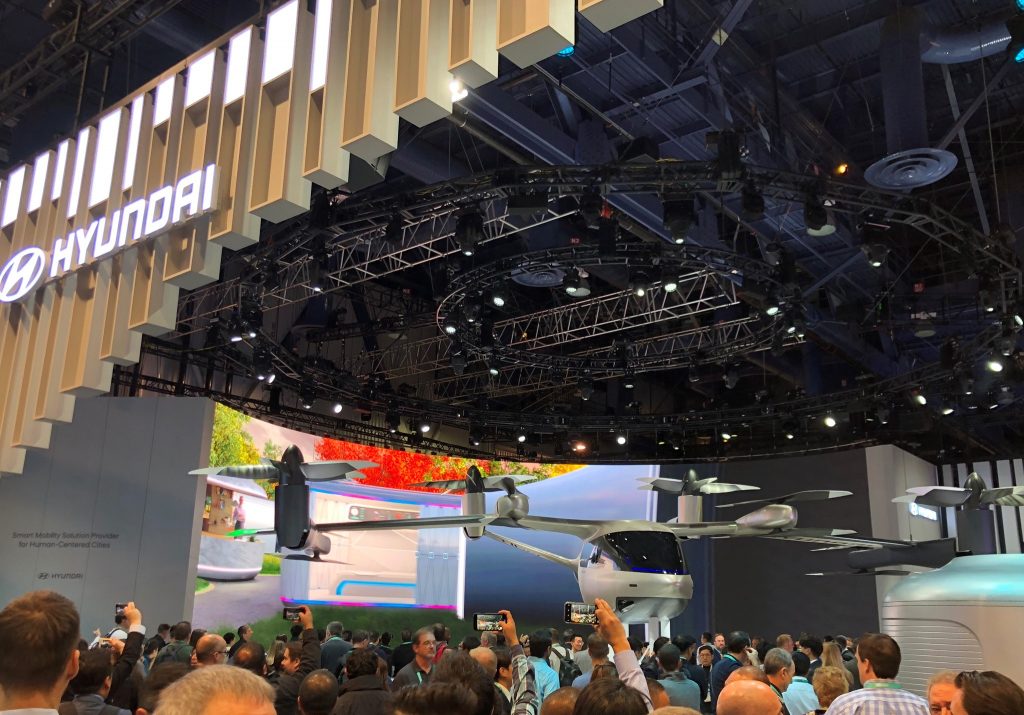Durham, NC, February 18 — Principled Technologies and the BenchmarkXPRT Development Community release the source code for the AIXPRT benchmark to the public. AIXPRT is a free tool that allows users to evaluate a system’s machine learning inference performance by running common image-classification, object detection, and recommender system workloads.
“Publishing the AIXPRT source code is part of our commitment to making the XPRT development process as transparent as possible,” said Bill Catchings, co-founder of Principled Technologies, which administers the BenchmarkXPRT Development Community. “By allowing all interested parties to download and review our source code, we’re taking tangible steps to improve openness in the benchmarking industry.”
To access the AIXPRT source code, visit the AIXPRT GitHub repository at https://github.com/BenchmarkXPRT/AIXPRT.
AIXPRT includes support for the Intel© OpenVINO™, TensorFlow™, and NVIDIA© TensorRT™ toolkits to run image-classification and object-detection workloads with the ResNet-50 and SSD-MobileNet v1 networks, as well as the MXNet™ toolkit with a Wide and Deep recommender system workload. The test reports FP32, FP16, and INT8 levels of precision.
To access AIXPRT, visit www.AIXPRT.com.
AIXPRT is part of the BenchmarkXPRT suite of performance evaluation tools, which includes WebXPRT, CrXPRT, MobileXPRT, TouchXPRT, and HDXPRT. The XPRTs help users get the facts before they buy, use, or evaluate tech products such as computers, tablets, and phones.
To learn more about the BenchmarkXPRT Development Community, go to www.BenchmarkXPRT.com or contact a BenchmarkXPRT Development Community representative directly by sending a message to BenchmarkXPRTsupport@PrincipledTechnologies.com.
About Principled Technologies, Inc.
Principled
Technologies, Inc. is a leading provider of technology marketing, as well as
learning and development services. It administers the BenchmarkXPRT Development
Community.
Principled Technologies, Inc. is located in Durham, North Carolina, USA. For more information, please visit www.PrincipledTechnologies.com.
Company Contact
Justin Greene
BenchmarkXPRT Development Community
Principled Technologies, Inc.
1007 Slater Road, Ste. 300
Durham, NC 27704
BenchmarkXPRTsupport@PrincipledTechnologies.com















